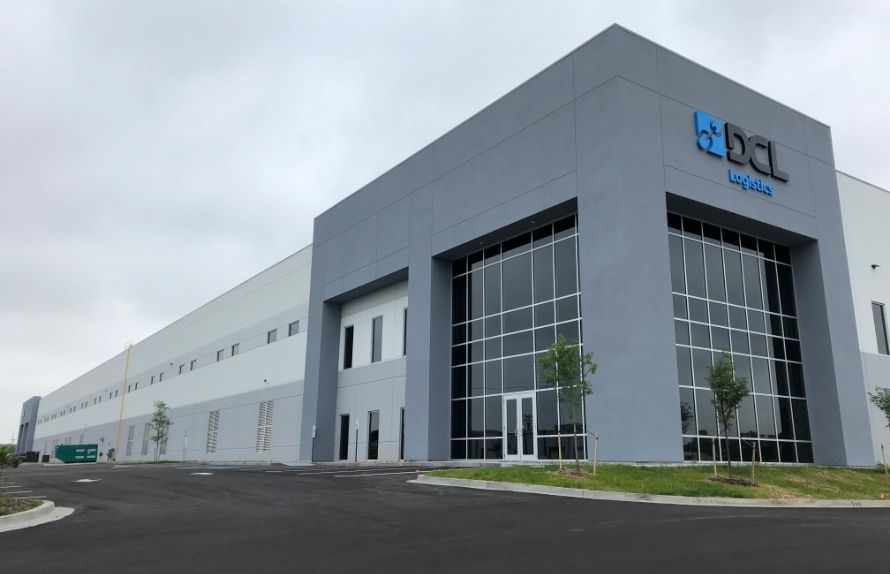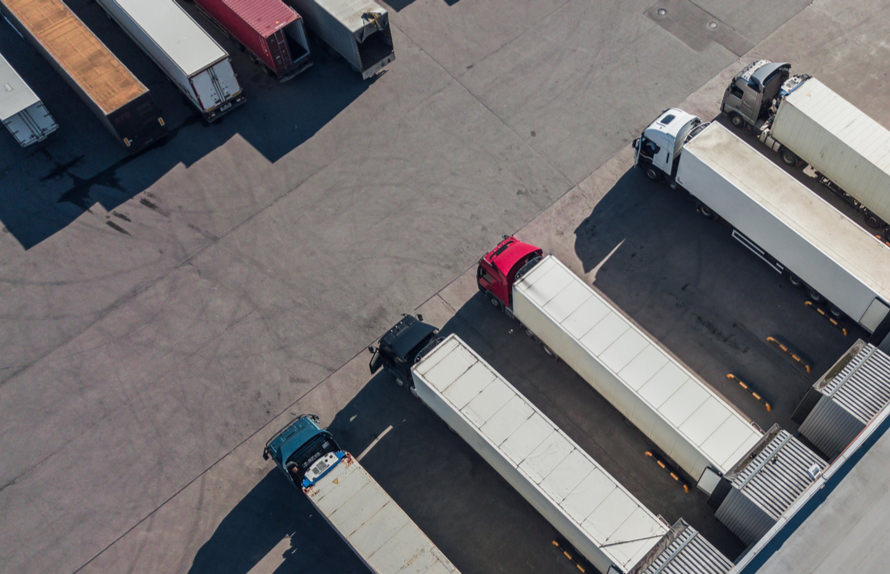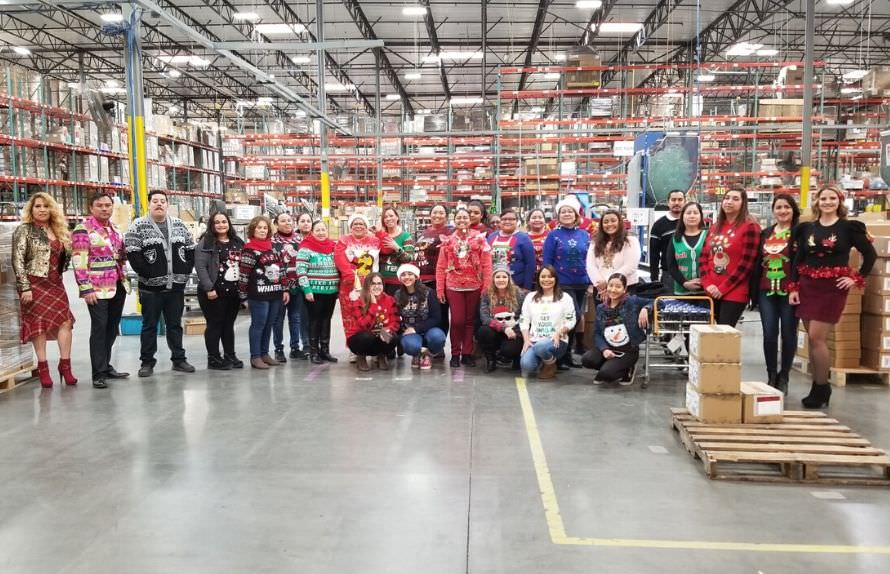
Less than container load (LCL) stands as one of the logistics industry’s most adaptable solutions, enabling shippers to move cargo that doesn’t require an entire container. Understanding LCL shipping, and comparing it to FCL—full container load—reveals how supply chains can be optimized for cost, speed, security, and environmental goals.
What is Less Than Container Load?
LCL, or less than container load, is a shipping option where multiple consignments, often from different shippers, are consolidated into a single container. This method benefits cargo owners whose shipment size or shipment volume is not sufficient for a full container load. Shipping LCL is a cornerstone in container shipping, enabling smaller businesses and ecommerce businesses to operate globally without the burden of unused container space.
How LCL Shipping Works
When you use LCL, your goods are packed—often on pallets for secure handling—and combined with other consignments at a container freight station (CFS). A freight forwarder, acting as your service provider, organizes this process. At origin, cargo is moved into the CFS, where it is consolidated. At destination, deconsolidation occurs: shipments are separated and delivered to individual consignees.
The process is marked by the issue of a bill of lading, specifying each shipper’s cargo. CBM, or cubic meters, is the dominant metric for quoting LCL shipping costs, as it considers cargo volume.
FCL: The Full Container Load Alternative
FCL means the entire container is reserved for one shipper. FCL shipping is used when the volume fills or nearly fills a single container. With FCL, the shipper gains exclusive use, potentially improving transit times and minimizing handling. FCL shipments are more straightforward for customs clearance procedures, and the risk of damage is reduced with less mixing of goods.
FCL or LCL: Choosing the Right Shipping Option
Choosing between FCL and LCL depends on several logistics factors:
- Volume and Weight: If your shipment volume surpasses 12–15cbm, FCL often becomes the more cost-effective choice.
- Urgency: FCL can offer faster transit times due to fewer handling points.
- Cargo Type: High-value items may be safer in an FCL shipment.
- Cost Analysis: Small shipments benefit from the ability to split shipping costs with LCL services.
Some shippers use both LCL and FCL, selecting the mode that best fits each scenario.

LCL Shipments in the Modern Supply Chain
LCL shipments foster efficiency in the supply chain. Shippers with frequent but smaller shipments, such as those in retail, ecommerce, or components manufacturing, rely on LCL shipping. It enables them to maintain inventory flows and respond to market demands without overstocking.
For global logistics, LCL allows new market entrants and SMEs to compete, offering flexibility without a minimum container space requirement. The integration of digital platforms enables real-time freight quotes and booking, streamlining operations further.
Role of Freight Forwarders and the Container Freight Station
Freight forwarders coordinate LCL shipments, leveraging container freight stations to consolidate and deconsolidate consignments efficiently. The freight forwarder’s expertise enables shippers to optimize their cargo movements, ensure customs clearance compliance, and access global networks.
At a container freight station, LCL container cargo is received, logged, and prepared for ocean freight. On arrival, deconsolidation at the destination CFS allows for direct delivery to receivers, minimizing delays.
Ocean Freight and Air Freight: LCL’s Counterparts
Ocean freight remains the primary mode for LCL shipping due to its cost-effectiveness for intercontinental movements. While air freight offers much faster transit times and is suitable for highly urgent or time-sensitive goods, it is generally more costly. Shippers must weigh the need for speed versus budget, and the specific demands of their supply chain.
Pallets, CBM, and Shipment Handling
LCL cargo is typically packed on pallets to ensure stability and fill container space safely. Palletization reduces the risk of shifts and damage during transportation. Most freight rates for LCL are calculated by the greater of actual weight or cargo volume, measured in cubic meters (cbm).
Optimized packing allows for the most cost-effective use of container space. Shippers and logistics providers work together to optimize every cbm, minimizing empty space and supporting sustainable shipping practices by reducing unnecessary emissions and packaging.
LCL Services for Ecommerce and SMEs
Ecommerce growth has fueled interest in LCL services. Small and medium-sized enterprises (SMEs), especially those dealing with high-frequency, small shipments, find LCL shipping indispensable. Ecommerce sellers can ship LCL on regular schedules, aligning inventory arrivals with sales cycles. This agility supports global expansion and volatility management in supply and demand.
Cost Savings, Efficiency, and Environmental Benefits
LCL shipping promotes cost savings by sharing container costs among shippers with smaller consignments. This division of costs covers the logistics services, ocean freight, customs clearance, and sometimes even warehousing at destination hubs. For FCL, the shipper bears all costs even for unused container space.
Optimizing occupancy within containers helps streamline the movement of goods. As LCL decreases container underutilization, emissions per unit are also reduced, supporting environmental and regulatory goals globally.
Key Considerations in LCL Shipping
Customs Clearance and Documentation
LCL shipments require careful documentation and coordination for customs clearance. Each consignment must be correctly itemized, with accurate tariff codes, declared shipment size, and value. The bill of lading, which can be master or house format, ensures traceability and accountability for each shipper’s goods.
LCL exports and imports sometimes experience delays at customs if any one consignment encounters issues. Shippers must work closely with their freight forwarder to ensure compliance.
Deconsolidation and Delivery
After ocean transit, LCL containers are opened at a CFS, where deconsolidation takes place. Consignments are sorted and handed over for last-mile trucking or other modes of inland transport.
Insurance and Risk Management
Cargo insurance becomes crucial for LCL freight given the shared handling environment. Risks such as pilferage, breakage, or contamination can increase when cargo from multiple shippers is combined. Comprehensive insurance and secure packing are vital.
Solutions for Efficient LCL Shipping
Digital Platforms and Real-Time Tracking
Modern freight forwarders offer real-time tracking for LCL shipments. These platforms help shippers obtain a freight quote, monitor cargo movement, and manage documentation electronically. Real-time data ensures stakeholders can respond quickly to disruptions and optimize decision-making.
Warehousing and Inventory Strategies
Strategic warehousing at origin and destination allows shippers to consolidate shipments efficiently, delay delivery to optimize inventory, or split consignments based on demand. LCL services with integrated warehousing streamline supply chain flows.
Incoterms, Tariffs, and Charges
Clear definition of Incoterms is crucial in LCL shipping to avoid disputes over liability, payment of tariffs, and responsibility for cargo at various supply chain stages. Tariffs and fees may be assessed at both origin and destination for LCL, affecting landed costs.
When to Use LCL: Scenarios and Examples
Shippers use LCL in several situations:
- Their shipment is less than 15cbm.
- Frequent, smaller shipments are made rather than batching huge orders.
- The cargo value or urgency doesn’t justify full container load or air freight costs.
Typical industries using LCL include fashion, electronics, automotive components, and even food products under controlled conditions.
Challenges of LCL Shipping
While cost-effective and flexible, LCL shipping has unique challenges:
- Greater exposure to damages from shared container space.
- More paperwork, as each consignment needs clear identification and documentation.
- Transit times can be slightly longer due to additional handling and deconsolidation at CFS.
- Customs delays may affect the entire container if a single shipment has an issue.
Logistics providers address these challenges through advanced IT systems, high-quality pallets, and strong customer service processes.
The Impact of LCL on Global Logistics
LCL has democratized participation in global logistics. Small shipments from diverse shippers can be consolidated, granting access to international markets without the need to fill a single container. Ecommerce, seasonal demand, and supply chain optimization all rely on flexible LCL models.
Modern LCL operations leverage digitalization, from real-time tracking to fast freight quotes, ensuring that shippers enjoy transparency, reliability, and efficiency in their shipping services.
Bottom Line
Less than container load shipping powers the modern logistics world, enabling shippers across sizes to keep pace with changing market conditions. By understanding when to use LCL or FCL and the roles of freight forwarders, container freight stations, and warehousing, organizations can optimize shipping costs, transit times, and environmental performance.
As supply chains grow more complex, LCL shipping remains a vital shipping option—balancing cost, agility, and access to global markets.





